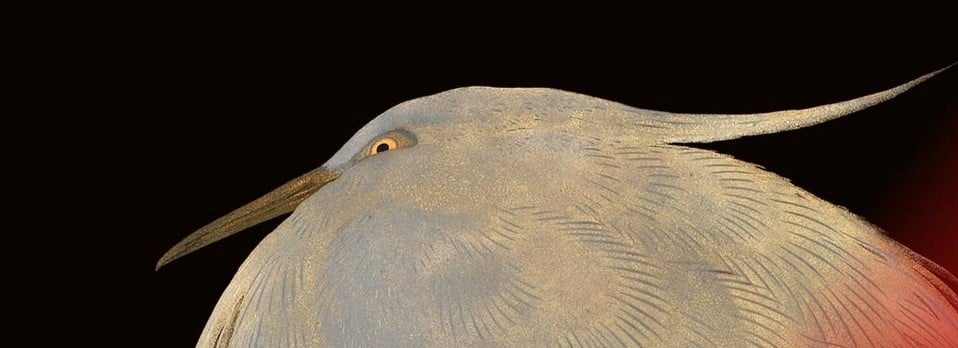
Sword (katana)
1860Steel, lacquered wood, shakudō, gold, mother-of-pearl, ray skin, silk | 7.2 cm (Width) x 8.0 cm (Depth); 106.1 cm (Length) (whole object) | RCIN 62623
The blade of the katana is finely forged with a strong tempered-edge pattern (hamon) called gunome (horse teeth). The black lacquer scabbard has alternate bands of mother-of-pearl and the hilt is bound in ray skin with black silk braiding. Under the binding is a gold fitting (menuki) in the form of a dragon. A menuki is said to improve the user’s grip in combat, fitting strategically in the palm of the hand. The pommel (kashira) and collar (fuchi) are of shakudō with gold dragons in relief. The sword guard (tsuba), side-knife (kogatana) and bodkin (kōgai) are also of shakudō with relief gold dragons; all the metal fittings have a nanako (fish roe) ground and are typical of the Gotō school, the official court makers to the shōgun.
The tang of the blade carries the same date and signature as RCIN 71616.
Text adapted from Japan: Courts and Culture (2020)







